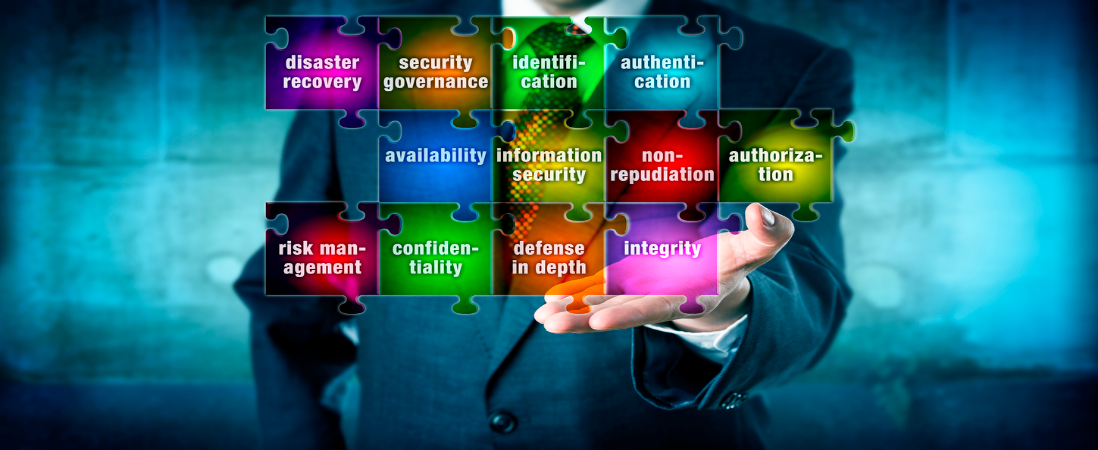While not a new story, the looming threat of disaster is not going away and in fact is continually gaining momentum. Disasters come in all shapes and sizes, in the past natural disasters and recovery focused primarily on hurricanes, tornadoes and flooding. And, while these risks are significant and occur year over year, people and businesses have a basic plan and hopefully insurance in place.
But, who would think that so far in 2018, over 5 million acres would burn in nearly 39 thousand wildfires. Often caused by people, fires cause the loss of life, property and billions of dollars. Are you prepared to survive a natural disaster on that level? Those losses could be yours, your employees, your suppliers and your customers.
According to FEMA, 40% of small businesses never reopen after a disaster and another 25% that do reopen, fail within a year. The National Archives and Records Administration states that more that 90% of companies that experience at least seven days of downtime will go out of business in a year. You can’t lower the risk of a natural disaster but there are critical steps you can take to protect yourself and your business. A disaster recovery plan and adequate insurance are keys to recovery. Important elements of a business continuity plan include:
- A written plan that is shared with employees and everyone is trained and ready to respond
- The plan is detailed down to each step and all responsibilities are assigned
- You have a complete and up-to-date list of important phone numbers and addresses
- You have a communication strategy internally and also externally to prevent loss of customers
- Back up plans are operational and tested, this includes duplicates of important documents stored offsite
- Insurance plans are reviewed on a regular basis and you understand policy limits and deductibles
Small businesses are often not prepared for a disaster and assume they are covered by insurance if something should happen. It’s difficult to designate time and resources for something that may or may not happen and therefore they are left extremely vulnerable during the critical recovery period.
And then there are other types of Disasters ….
From Rob Arnold’s CyberSecurity A Business Solution, “Businesses have been keen to capitalize on the increasing value of data. Small and medium businesses are no exception, and have enjoyed this trend right alongside their larger peers. Even the tiniest companies are awash with valuable data because technology has made its collection ubiquitous. A single smartphone contains more data than a room full of computers could handle just a few decades ago. The volume and value of information we can effortlessly collect is truly incredible.”
Data can be lost, corrupted, compromised or stolen. Think about how often your data files change throughout the workday. Any data loss, no matter how small, can result in a significant disruption to your business. An IT disaster recovery plan is as important as your physical plan.
Many small businesses turn to a managed service provider to add a layer of protection and to manage their disaster recovery process. Some MSP’s offer only the technological aspects of data by protecting the data center, systems, applications and the data itself. Others offer layers for IT Security and Infrastructure management. If you plan to outsource disaster recovery, you will need to know exactly what is covered and what is not. An MSSP (Managed Security Solution Provider) will typically provide data filtering, detection of malware threats, scheduled patching and maintenance of all software and systems, and best practice restoration in the event of an emergency. A great resource for basic controls can be found at www.cisecurity.org.
No matter your business, you are digitally active and you cannot afford to lose your data. According to Security Week, data loss has increased more than 400% over the past couple of years and the trend doesn’t appear to be slowing down any time soon. Data is massive and it’s challenging to protect.
Small business may think this type of security is never going to be an issue for them, but the bad guys are always on the hunt for easy targets and small business is often on their radar. According to a recent Verizon report, small data breaches (with fewer than 100 files lost) can cost over $35,000. One of the keys to recovering is to understand your vulnerabilities before a disaster strikes and to balance this with preparation. The time and money spent putting a plan of action together, understanding your risks and mitigating the impact of a breach or data loss will be well worth it your efforts. People make mistakes and systems fail, there’s no way around those issues and you’ll be wise to protect your business and establish a proactive approach to recovery.


Leave A Comment
You must be logged in to post a comment.